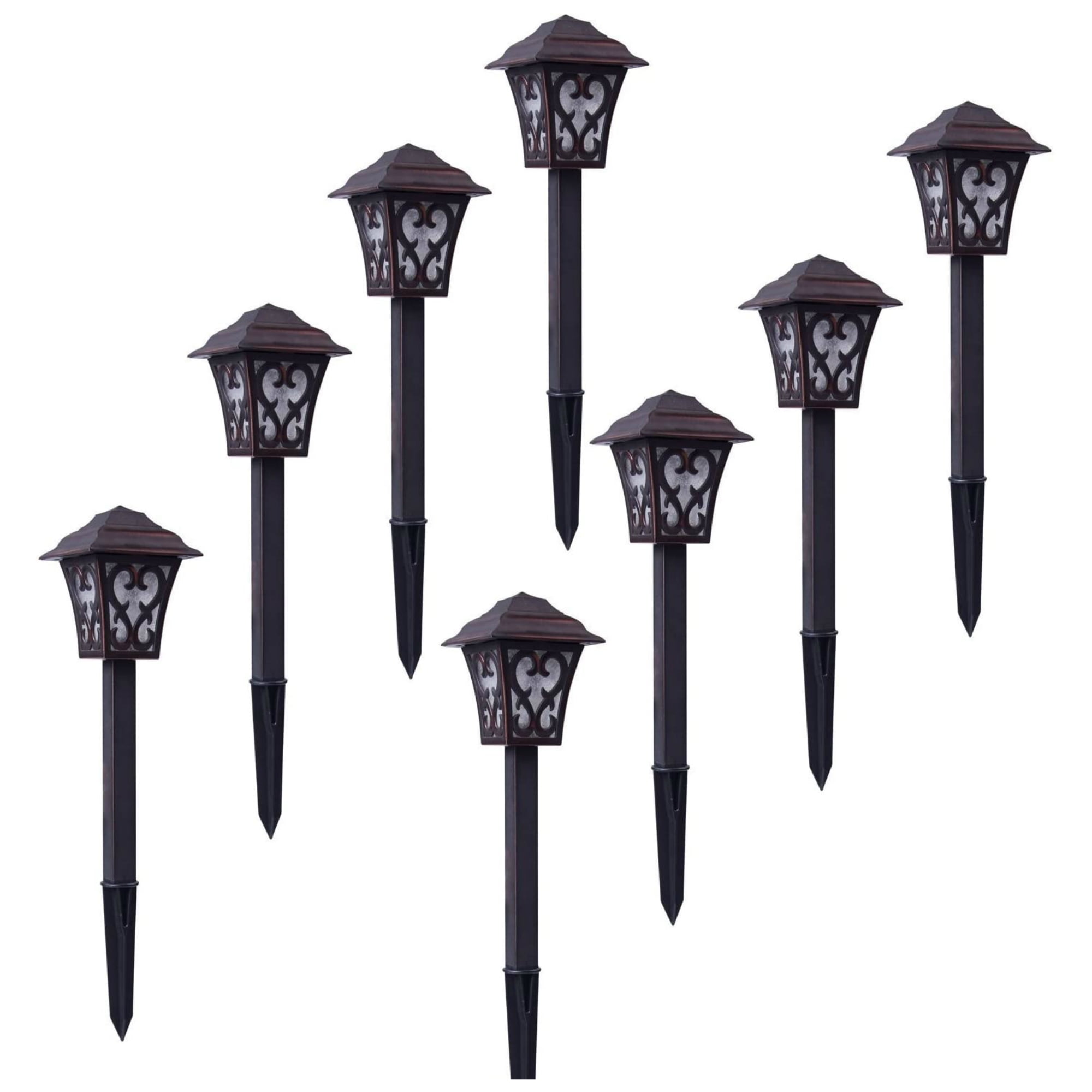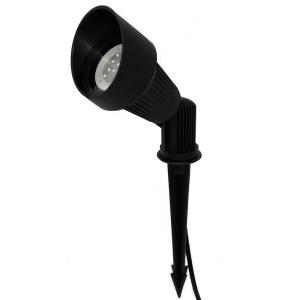

- #Outdoor 120 volt landscape lighting led install
- #Outdoor 120 volt landscape lighting led upgrade
- #Outdoor 120 volt landscape lighting led series
It’s important to note that these are maximum peak wattage, not the consistent wattage they’re rated for. Landscape lighting transformers are rated for different maximum voltage levels, with standard sizes being 120 watts, 200 watts, and 300 watts, though you can find smaller and much bigger ones if you need them. Once you’ve worked out where you’re going to mount your transformer, it’s time to choose the right one for your system. Placing the transformer closer to the lights means there’s less wire to resist the current and cause the voltage to drop any more than it needs to, so bear that in mind. Voltage drop is a big issue for landscape lighting because you’re already starting with low voltage, so a small percentage drop has a bigger impact on the total voltage than it would for a 120V circuit. The other consideration with the location of your transformer is trying to get it as close to the lights as possible without spoiling the effect. It’s common to plug it into an outdoor outlet, but it must be an enclosed one designed for proper outdoor use since this is a plug that will be constantly connected. You’ll need to plug your transformer into a power outlet. Wires come into the bottom of the transformer, so it just needs to be mounted with enough clearance from the ground to stop water from splashing up inside. Most are designed to be installed outside and have a sealed metal box that ensures the circuitry stays waterproof. Landscape lighting transformers can either be rated for indoor or outdoor use. So, you must get the right one for your system because this is one device you don’t want to cut corners with. It does the hard work of taking your 120V power supply and stepping it down to a safe 12V level. The transformer is the brain of your landscape lighting system.
#Outdoor 120 volt landscape lighting led upgrade
Even if you don’t think you’ll be overloading your wires at this stage, it means that it’s easier to upgrade your system in future if you decide to. If you can, then always wire in parallel.

You don’t have to worry about multiple circuit loops.īut that’s the only benefit, and really it’s not too much more difficult to wire in parallel, especially if you’re starting from scratch and can plan it out properly. The benefit of choosing to do it this way is that it’s usually a simpler job.
#Outdoor 120 volt landscape lighting led series
Wiring in series means that your circuit is one continuous loop. This will help you decide on the type of wiring you’ll use and your transformer.īut it will also help you decide whether you want to wire your circuit in series or parallel. You can hardly just jump straight into digging up the garden and connecting all your wires.Īs part of that planning phase, you’ll be working out how many lights you’ll want to use, which will help to tell you how much power they’ll draw. A step-by-step guide to installing your landscape lightsĪny landscape lighting installation – or a lighting installation of any kind – starts with planning.Installing landscape lighting is relatively simple, but there are a few things you need to consider, so let’s look more at: You’ll need special wire rated for outdoor use too.

The transformer is plugged into the main power supply and then feeds a low voltage current to your lights.
#Outdoor 120 volt landscape lighting led install
To install landscape lights on a 120V circuit, you’ll need a transformer to step the power down to 12V. Instead, you’ll want to create a setup that involves low voltage lights that are much safer for outdoor use, wired up to make sure they’ve got just the power they need. Generally, you’re looking at porch lights that would be wired on an internal circuit or maybe a couple of spotlights that plug directly into an outlet.īut when you’re talking about a proper landscape lighting system, they aren’t practical. There aren’t many 120V lights you can even buy to use outdoors. Generally, when we talk about landscape lighting, we refer to low-voltage lights on a 12V circuit. It’s very rare for anyone to use 120V lighting outdoors.


 0 kommentar(er)
0 kommentar(er)
